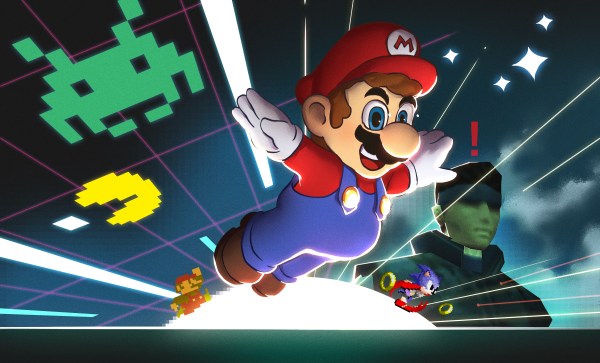Few of us complain that hot dogs take too long to cook, because we buy them from a stand. Still, if you do have to make your own dog, it can be a frustrating problem. To solve this issue, [Joel Creates] whipped up a solution to cook hot dogs nearly instantaneously. What’s more, it even fits in your pocket!
The idea behind this build is the same as the classic Presto hot dog cooker—pass electricity through a hot dog frank, and it’ll heat up just like any other resistive heating element. To achieve this, [Joel] hooked up a lithium-polymer pack to a 12-volt to 120-volt inverter. The 120-volt output was hooked up to a frank, but it didn’t really cook much. [Joel] then realized the problem—he needed bigger electrodes conducting electricity into the sausage. With 120 volts pumping through a couple of bolts jammed into either end of the frank, he had it cooked in two minutes flat.
All that was left to do was to get this concept working in a compact, portable package. What ensued was testing with a variety of boost converter circuits to take power from the batteries and stepping it up to a high enough voltage to cook with. That, and solving the issue of nasty chemical byproducts produced from passing electricity through the sausages themselves. Eventually, [Joel] comes up with a working prototype which can electrically cook a hot dog to the point of shooting out violent bursts of steam in under two minutes. You’d still have to be pretty brave to eat something that came out of this thing.
The biggest problem with hot dogs remains that the franks are sold in packs of four while buns are sold in packs of six. Nobody’s solved that problem yet, except for those hateful people who inexplicably have eleven friends. If you solve that one, don’t hesitate to notify the tipsline. Don’t forget, either, that the common hot dog can make for an excellent LED tester. Video after the break.



















